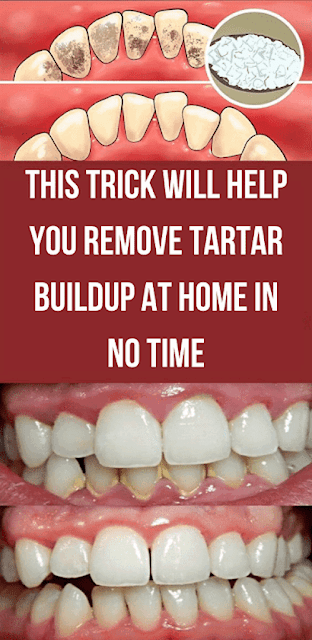Maintaining good oral hygiene is essential for a healthy smile, and one common dental concern that many people face is the buildup of tartar. Tartar, also known as dental calculus, is a hardened plaque that forms on teeth and can lead to various oral health issues if left untreated. In this article, we will explore what tartar is, its causes, and provide six practical tips to help you control tartar buildup and maintain a bright and healthy smile.
What is tartar?
No matter how well you take care of your teeth, there will always be bacteria in your mouth. Dental plaque is created when it combines with protein byproducts from food and other substances. It adheres to fillings, coats your teeth (even the hard-to-reach areas), and penetrates below the gum line. Additionally, it is bad for your teeth. Bacteria produce acids that erode tooth enamel and cause cavities to form. The same acids can also irritate or infect the gums. In order to prevent permanent tooth loss and to remove plaque, it is crucial to floss and brush your teeth frequently.
In some cases, plaque hardens into tartar. This can be removed by the dentist only, and it forms in just a day!
How Does Tartar Affect Teeth and Gums?
Tartar leads to cavities and tooth decay, and makes it hard for us to floss and brush like we are used to. If it forms above the gum line, that’s bad news for you, because of the damage made to the gums by the bacteria. If it progresses, gum disease is inevitable. Its mildest form is gingivitis, which can be healed if you brush and floss regularly, and visit the dentist. If left untreated, pockets form in the gums and get infected by bacteria. Once this happens, the immune system responds by releasing chemicals which mix with the bacteria, and this mix damages the bones and tissues which hold the teeth, resulting in a serious condition called periodontitis. Some studies even link the bacteria of gum disease with heard diseases and various health issues.
Tips to help control tartar
The best tip we can give you is to not let tartar form. Here are some tips how to not let it happen:
- As always, oral hygiene rests on the rule of brushing at least 2 times a day for at least 2 minutes. The best brush is a small soft one, which can reach everywhere in your mouth. You also have to be sure to get all those hard reachable places, and clean your molars too.
- Some studies suggest that the electronic brushes remove plaque better than the normal ones. If you plan to use one, be sure to check it for the American Dental Association (ADA) seal, because of the rigorous tests and quality control.
- A tartar controlling fluoride paste may be best to use. They have the ability to stop plaque forming into tartar, and the fluoride helps in enamel repair. Some of these toothpastes even have triclosan in it which fights the plaque bacteria.
- No matter how good or regularly you brush, flossing is the best way to remove plaque stuck between the teeth. By doing that, it keeps tartar out of your mouth.
- As usual with every health issue, a healthy diet is a must-have. The bacteria thrives from foods full of sugar. Try to limit sweets and snacks. After eating, brush your teeth and drink a lot of water.
- Don’t smoke, because studies have shown that smokers are more susceptible to tartar.
Tartar cannot be cleaned at home by brushing or flossing – only a dental specialist can remove it. So a trip to the dentist once in 6 months is recommended to remove the plaque that formed, and prevent it from forming tartar and also other issues.
